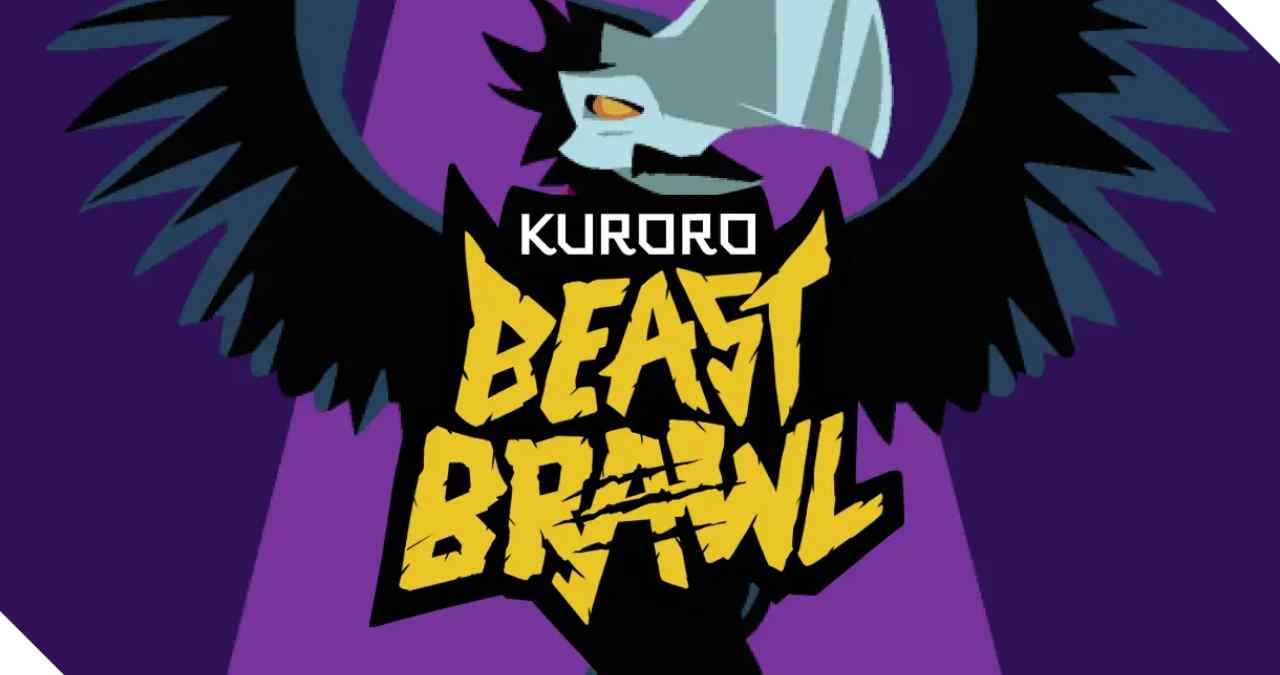Kuroro is shifting gears in its upcoming Beast Brawl season, testing out a new system that adds risk to its core PvP loop. Instead of open-access matches or low-stakes experimentation, players will now need to stake tokens before entering combat. Win, and there’s a payout. Lose, and the stake is gone.
It’s a notable pivot for the creature-collecting strategy game, which has spent the last few seasons refining its turn-based combat and tokenized economy. This latest move brings more weight to each match and repositions the format as something closer to a skill-based ladder with real consequences.
Beast Brawl Moves Toward High-Risk PvP
Beast Brawl has always leaned into competitive matchups. Its small-team format and tactical depth make it a natural fit for PvP, especially among players who’ve spent time training or customizing their beasts. This new season raises the stakes by making every match a token-backed gamble.
To queue up, players will need to pay an entry fee in $KURO, the game’s native token. Victory yields rewards that exceed the entry cost, while defeat means forfeiting what was staked. It’s a direct risk-reward system, clearly designed to reward consistent performance over casual play.
Performance-Based Progression and Dynamic Tiers
Alongside the risk-to-earn mechanic, the season also introduces a new progression model tied to battle outcomes. Players climb or drop in ranked tiers depending on their performance, with certain reward thresholds only accessible at higher levels.
This ties into Kuroro’s ongoing effort to separate long-term trainers from short-term opportunists. With tokens on the line and dynamic rankings in place, the new structure pushes toward more meaningful battles and fewer throwaway matches.
The system may also reduce multi-account farming and passive grinding, both common issues in early Web3 PvP environments. If executed well, it could help shift the tone of competition toward actual gameplay rather than volume-based farming.
Token Utility Without Overexposing Web3 Mechanics
Kuroro’s Web3 layer remains active but doesn’t dominate the experience. Beast NFTs, token rewards, and wallet connections are all part of the system, but the game rarely foregrounds them. That design choice continues in this new season. The staking system is baked into the queue flow, not positioned as a separate DeFi element.
That makes it easier for players to engage with the token economy without having to navigate external dashboards or crypto-specific interfaces. In this sense, Kuroro seems to be leaning toward a model where blockchain infrastructure supports gameplay, not vice versa.
Looking Ahead: Balancing Competitive Pressure and Community
The shift to risk-based battles could deepen Kuroro’s competitive meta, but it also introduces questions around balance and accessibility. If rewards heavily favor top-tier players, mid-tier participants could be discouraged from entering — a challenge common to early Web3 PvP experiments.
Kuroro’s devs will likely need to monitor win/loss distribution closely and adjust the economy to avoid top-heavy dominance. Still, the structure opens up new paths for player-driven strategy and raises the ceiling on what performance can earn — without inflating token supply unnecessarily.
For now, the next Beast Brawl season is shaping up to be Kuroro’s most ambitious format yet, testing whether high-stakes play can coexist with long-term community health in a Web3 strategy game.
Web3 Analyst & Play Blockchain Games Guide
CryptoKit breaks down Web3 gaming like it’s second nature. From tokenomics to airdrop strategies, she turns blockchain chaos into clear, actionable advice for players who want to win more than XP.




